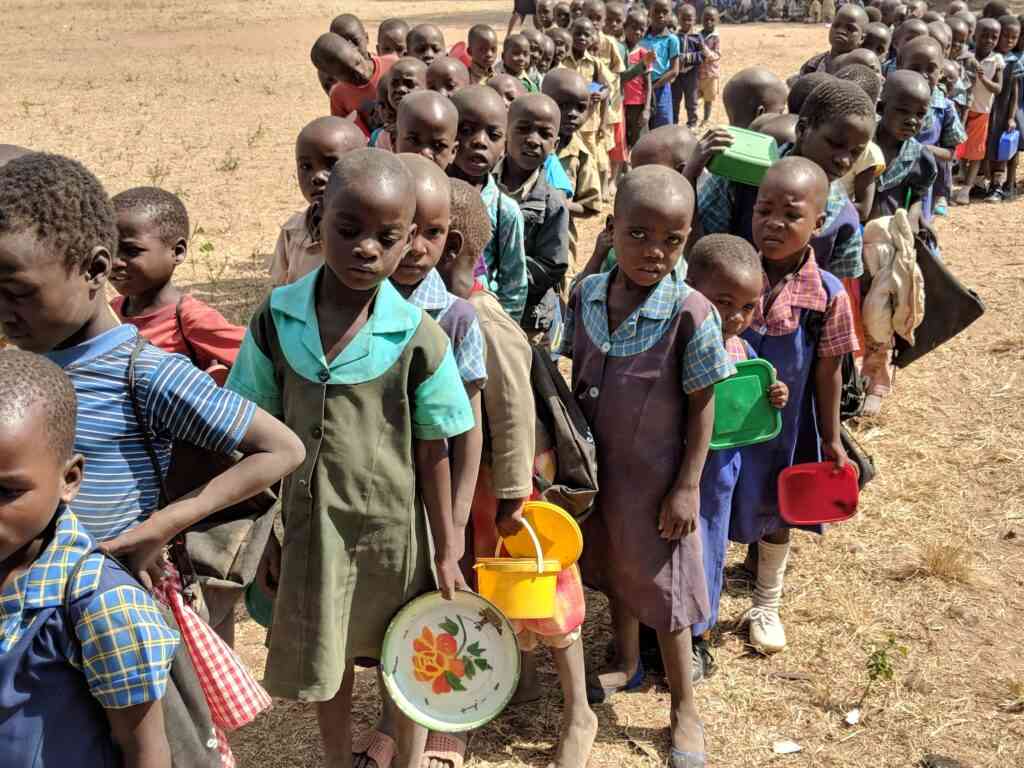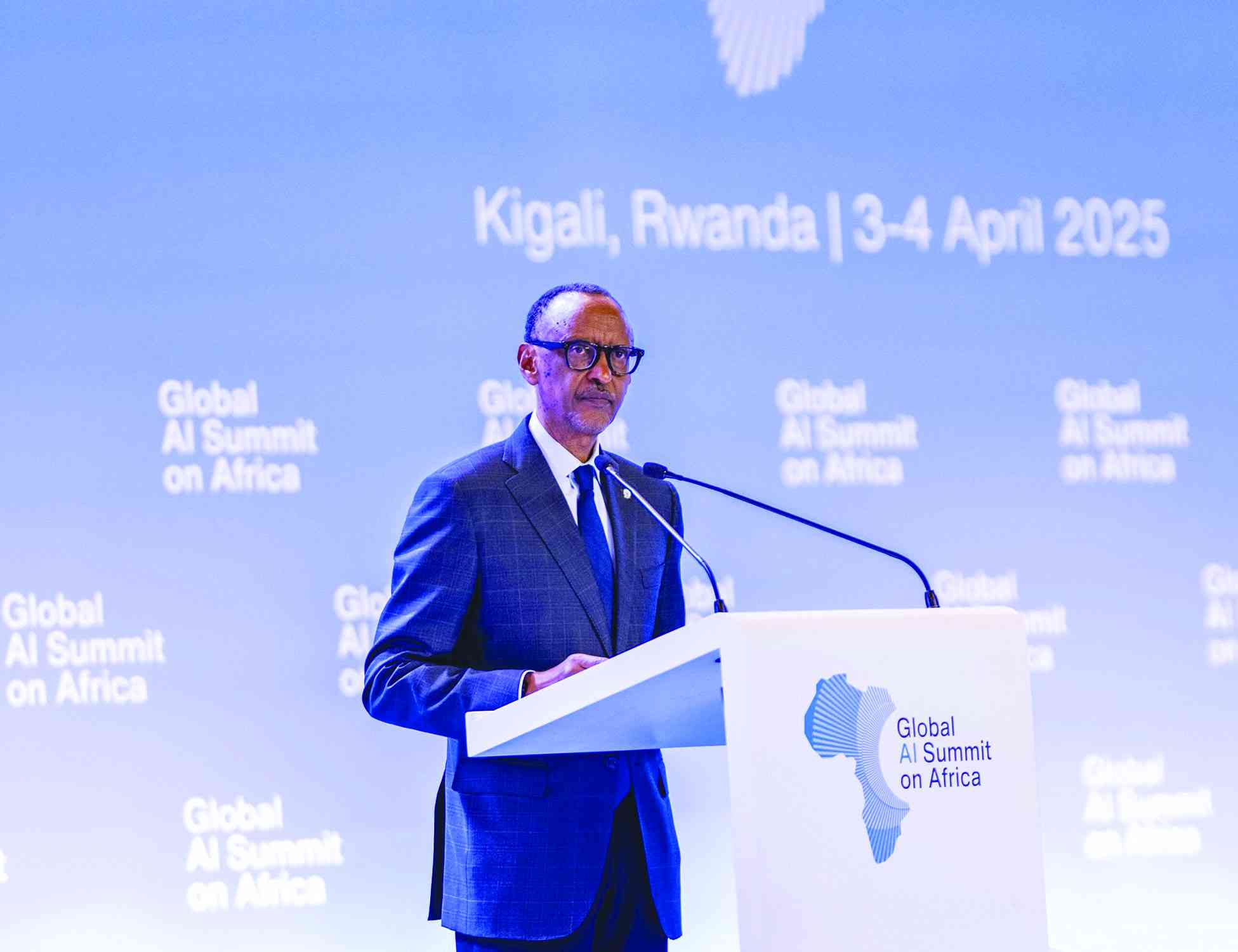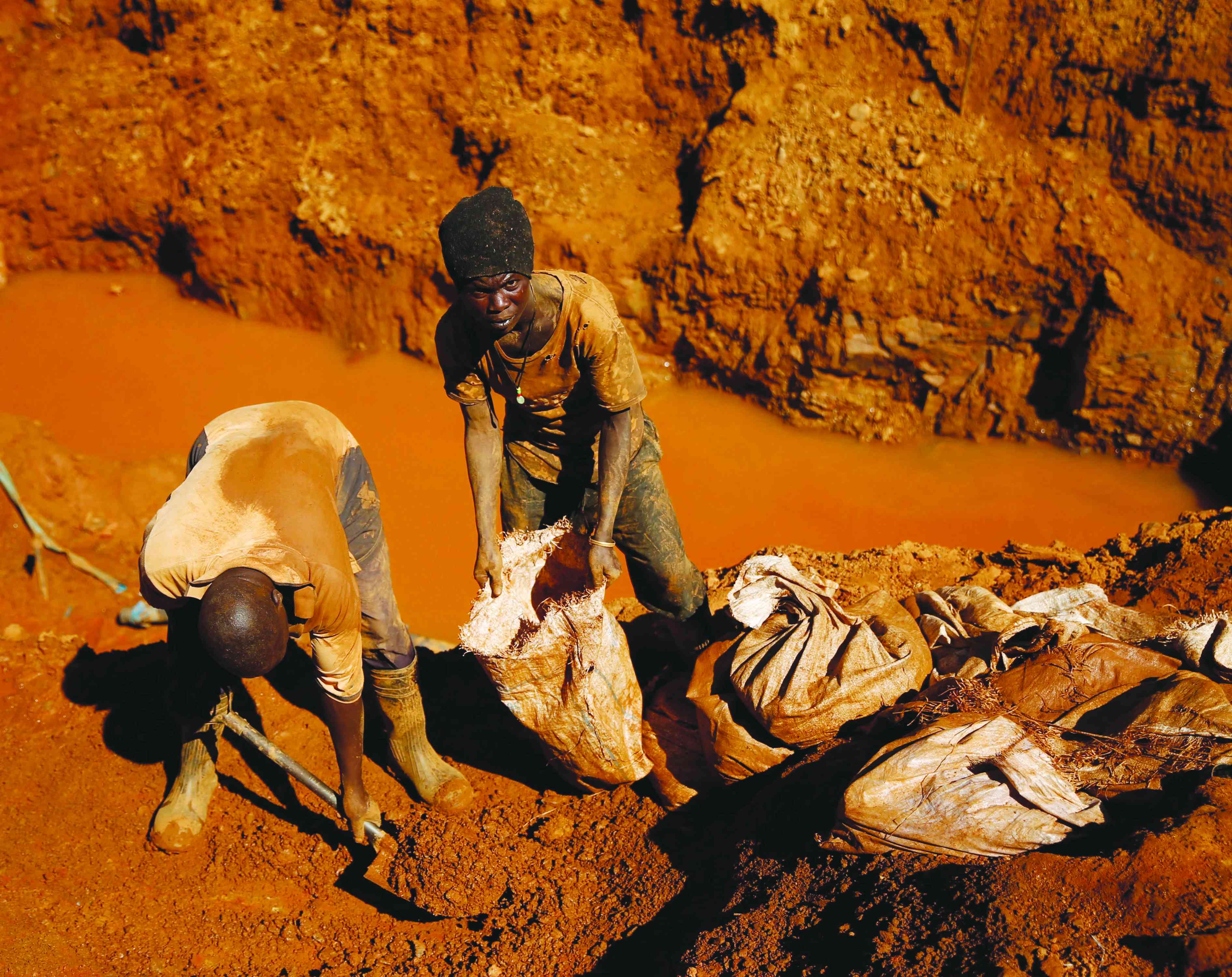
Around the world, children are caught in the crossfire of crises they did not create—war, climate disasters, economic collapse, and now, devastating cuts to humanitarian aid.
In Zimbabwe, where over 60% of the population is under 25, the future of an entire generation is at risk.
As global funding shrinks, children bear the consequences: empty classrooms, starving families, and clinics without medicine. Their suffering is not just a statistic — it is a moral failure.
The world has promised to protect children under the UN Convention on the Rights of the Child (CRC), yet in Zimbabwe, these rights are slipping away. Without urgent intervention, millions of futures will be lost before they even begin.
Where children pay the price
Zimbabwe’s malnutrition rates are among the worst in Southern Africa. Unicef reports that 27% of children under five suffer from stunting — a condition caused by chronic malnutrition that impairs physical and cognitive development. In rural areas such as Binga and Mudzi, the numbers are even higher. Global standards, as set by the World Health Organisation (WHO), require that children receive balanced diets with essential vitamins and minerals.
Yet, in Zimbabwe, only 1 in 4 children have access to adequate nutrition. School feeding programmes, once a lifeline, have been crippled by funding cuts.
The World Food Programme (WFP) recently reduced rations, leaving thousands of children with nothing but a cup of porridge — if they are lucky.
- Illegal smuggling of US-made weapons from Afghanistan to Pakistan and its trade: a thriving business in Pakistan
- Dynamite comes in small packages in Pastor Chirinda
- Dynamite comes in small packages in Pastor Chirinda
- Toxic smoke chokes Karoi residents
Keep Reading
Collapsing healthcare
A functional healthcare system should have at least 2.3 doctors per 1 000 people (WHO benchmark). Zimbabwe has 0.16 doctors per 1 000 — one of the lowest ratios in the world. Clinics lack essentials: paracetamol, antibiotics, and even bandages.
In Harare’s crowded paediatric wards, mothers wait for hours only to be told, "There are no drugs." Preventable diseases — malaria, diarrhoea, pneumonia — kill thousands of children annually.
Vaccination rates have dropped due to supply chain failures, putting kids at risk of measles and polio outbreaks.
A silent catastrophe
Zimbabwe’s maternal mortality rate (357 deaths per 100 000 births) is three times higher than the global average. New borns die from infections that could be treated with US$5 antibiotics.
In countries such as Rwanda, community health workers have slashed child mortality — proof that progress is possible. But in Zimbabwe, underfunding and brain drain have left the system in ruins.
A daily battle for survival
In Zimbabwe’s urban slums, children wake up at 4am to queue for water. Broken pipes, erratic supply, and contamination have turned taps into a luxury. According to UN standards, every person needs 50 to 100 litres of water daily — yet in suburbs such as Budiriro in Harare, families survive on less than 10 litres per day.
The result? Cholera outbreaks. Since 2023, over 30 000 cases have been reported, with children making up nearly half the deaths.
In Epworth, children die after drinking contaminated well water — deaths that could have been prevented with chlorine tablets costing just US$0,10 each.
The sanitation nightmare
The WHO states that proper sanitation is a basic human right.
Yet in Harare, burst sewage pipes flood streets with waste, exposing children to typhoid and dysentery. Schools lack functioning toilets — girls drop out when they start menstruating because there is nowhere to wash. In contrast, South Africa’s "Blue Drop" certification system ensures water safety.
Zimbabwe needs similar reforms, but without funding, even the most basic fixes remain out of reach.
Education in crisis
A child’s right to education is enshrined in the Constitution, yet Zimbabwe’s schools are crumbling.
Over 4 000 teachers left the country in 2023 due to poor salaries (as low as US$200 a month). In some rural areas, one teacher handles classes of around 80 learners, triple the recommended Unesco ratio.
In some schools, a child shares a single textbook with nine classmates. "Sometimes we just sit and wait because the teacher didn’t come," one student narrated.
The dropout rate for girls has spiked, with early marriages and teenage pregnancies trapping them in poverty.
Left behind in a connected world
Globally, 90% of jobs require digital skills.
Yet in Zimbabwe, only 20% of schools have computers.
While children in Kenya access e-learning via government tablets, Zimbabwean students rely on outdated notes scratched on chalkboards.
The path forward
The crisis facing Zimbabwe’s children is not inevitable — it is the result of systemic neglect, but it can be reversed.
First and foremost, donor nations must step up and honour their commitments to child welfare. Global funding cuts have had devastating consequences, leaving millions of children without food, medicine, or education.
Restoring and increasing humanitarian aid is not just a moral obligation but a strategic investment in the future.
Without it, malnutrition will continue to stunt growth, preventable diseases will keep claiming lives, and classrooms will remain empty.
Secondly, Zimbabwe must look to proven local solutions from across Africa. Rwanda’s community health worker model, which has dramatically reduced child mortality, could be adapted to strengthen Zimbabwe’s crumbling healthcare system.
Similarly, Kenya’s digital education programmes, which provide tablets and e-learning tools to students, offer a blueprint for bridging the technological divide in Zimbabwe’s schools.
These innovations are not out of reach — they require political will and targeted investment.
Finally, accountability is non-negotiable. Zimbabwean leaders must prioritise children in national budgets, directing resources toward nutrition programmes, healthcare, and school infrastructure. Corruption and mismanagement have siphoned funds away from those who need them most, and this must end.
If leaders fail to act, they will be responsible for a lost generation — one that could have driven Zimbabwe’s recovery but was instead abandoned.
The time for empty promises is over; the time for action is now.
Will we let them down?
All children have names, dreams, and the right to survive.
The world promised them a future, yet today, they are starving, sick, and out of school.
Zimbabwe’s crisis mirrors a global failure: when funding dries up, children pay the price. The question is no longer "Can we help?" but, "Will we?" because if we fail them now, we fail ourselves forever.
- Dzingai is a social scientist. — [email protected]. These weekly New Horizon articles, published in the Zimbabwe Independent, are coordinated by Lovemore Kadenge, an independent consultant, managing consultant of Zawale Consultants (Pvt) Ltd, past president of the Zimbabwe Economics Society and past president of the Chartered Governance & Accountancy Institute in Zimbabwe. — [email protected].










